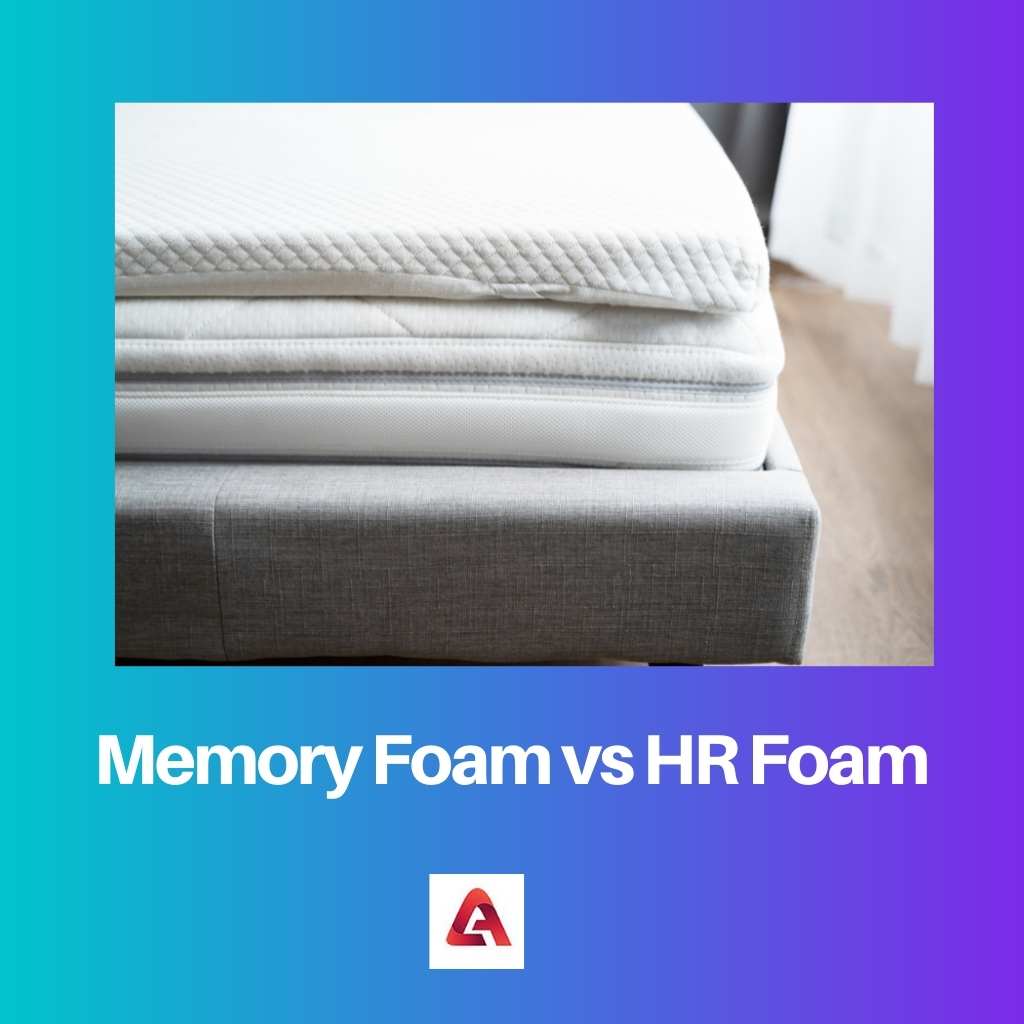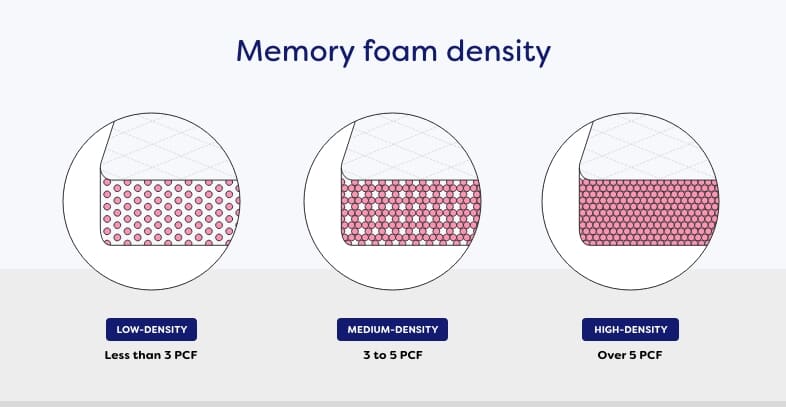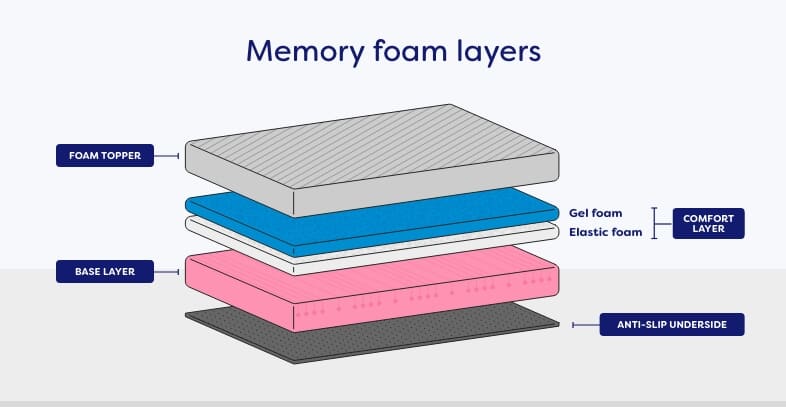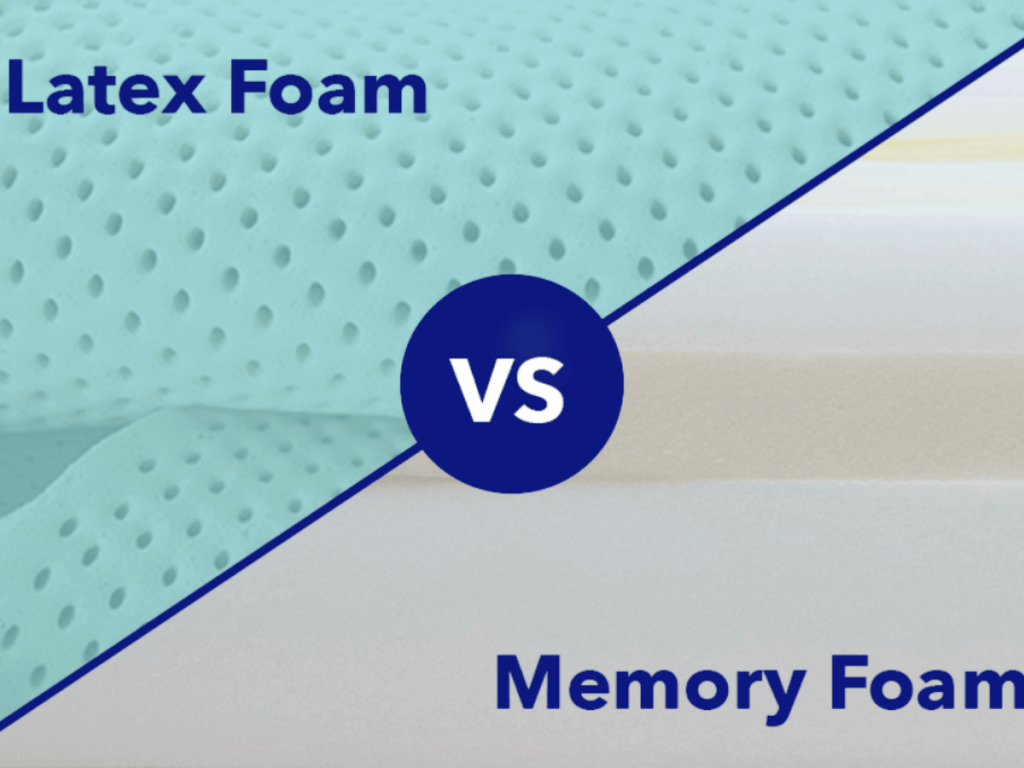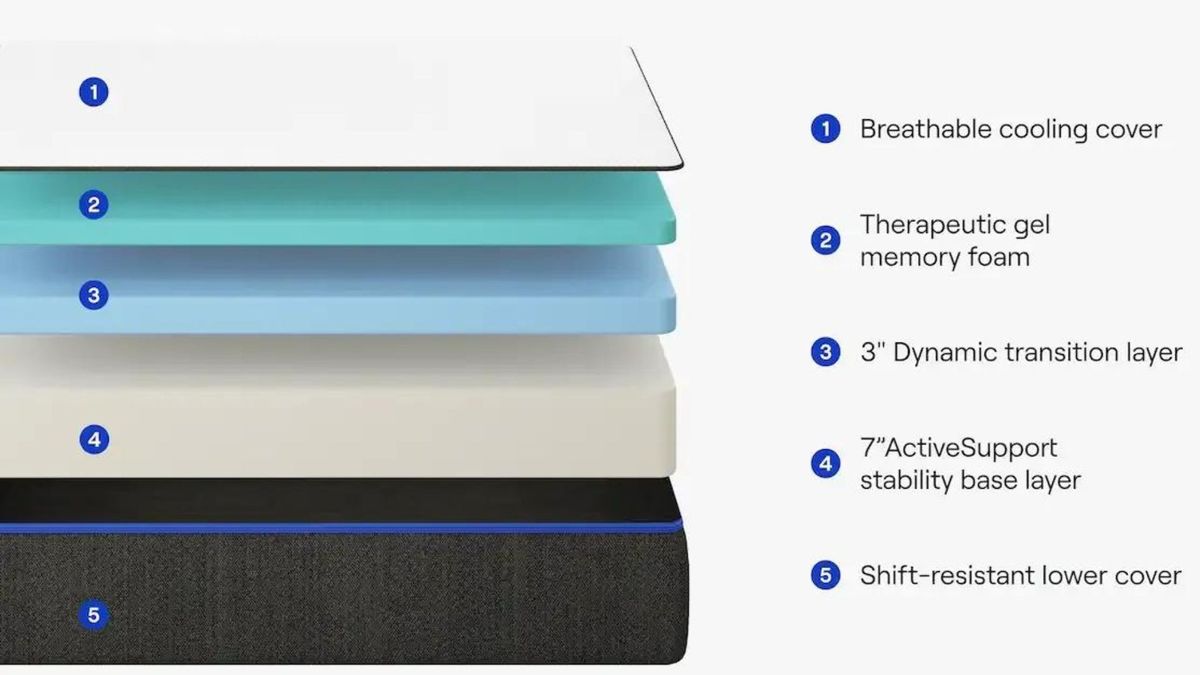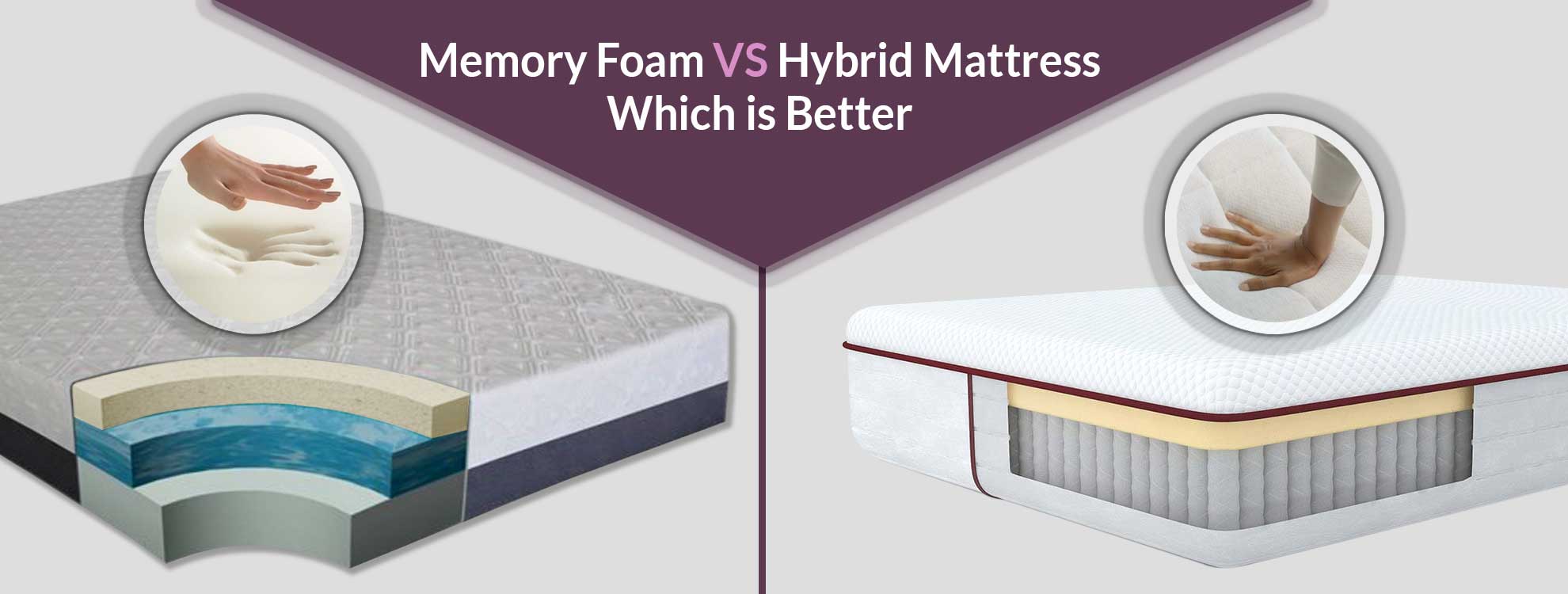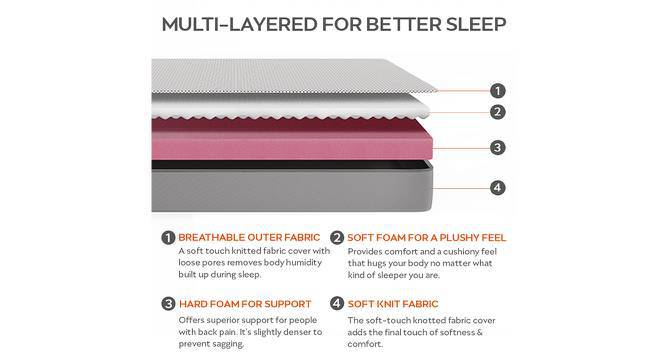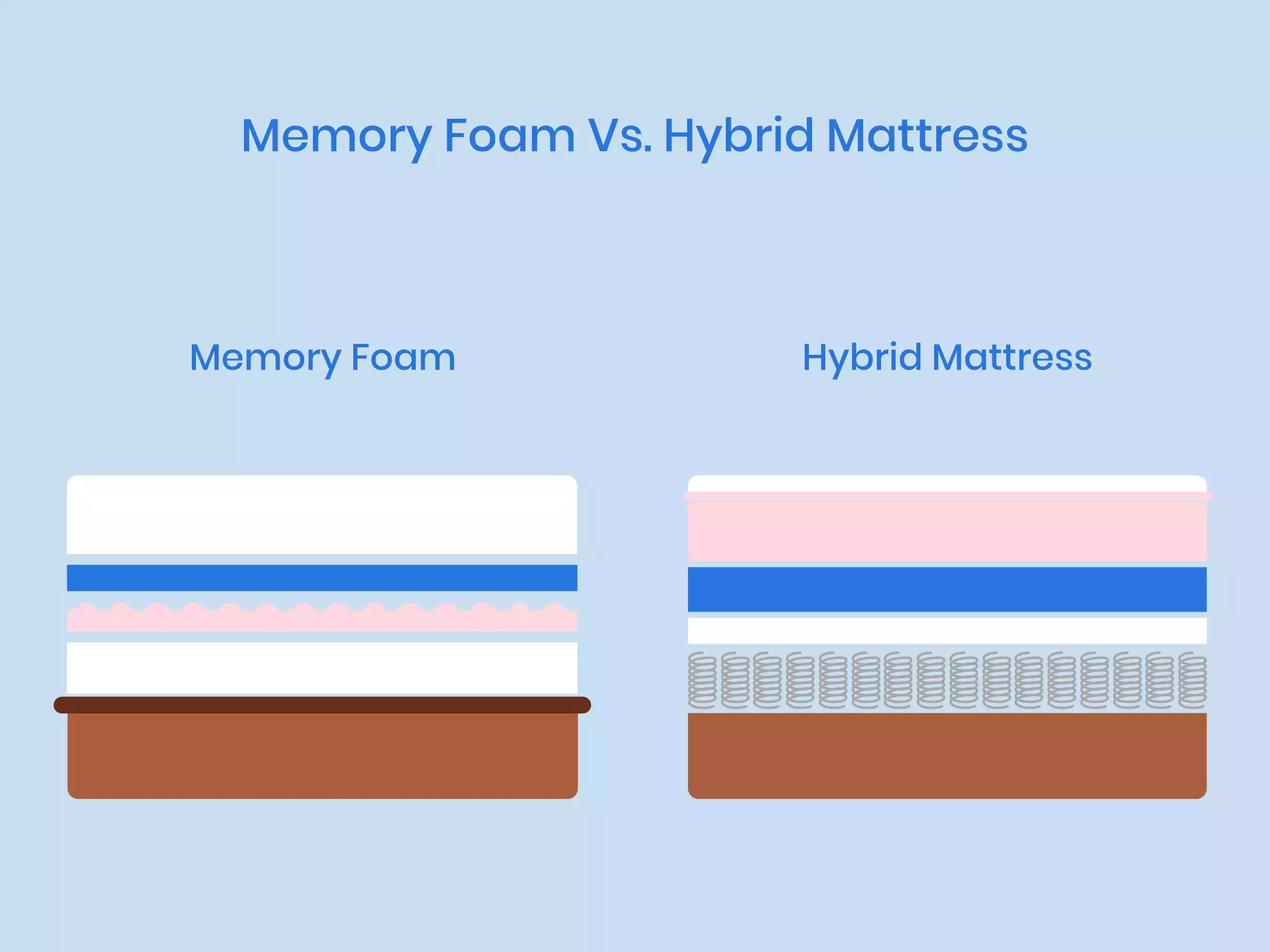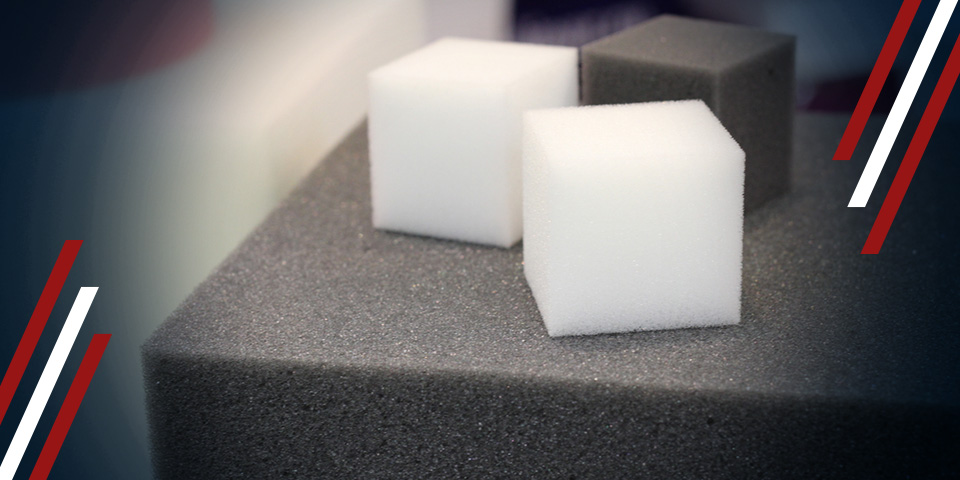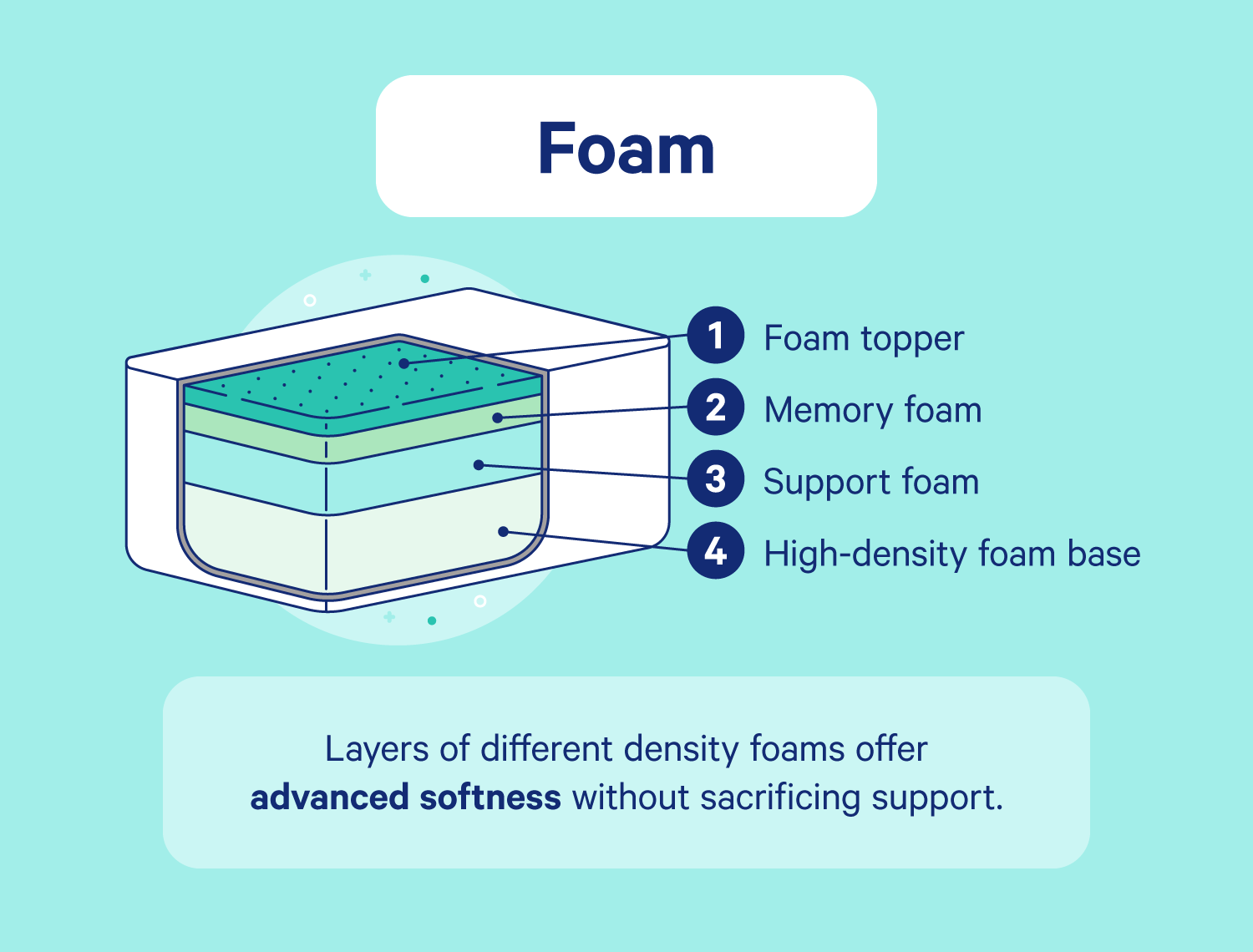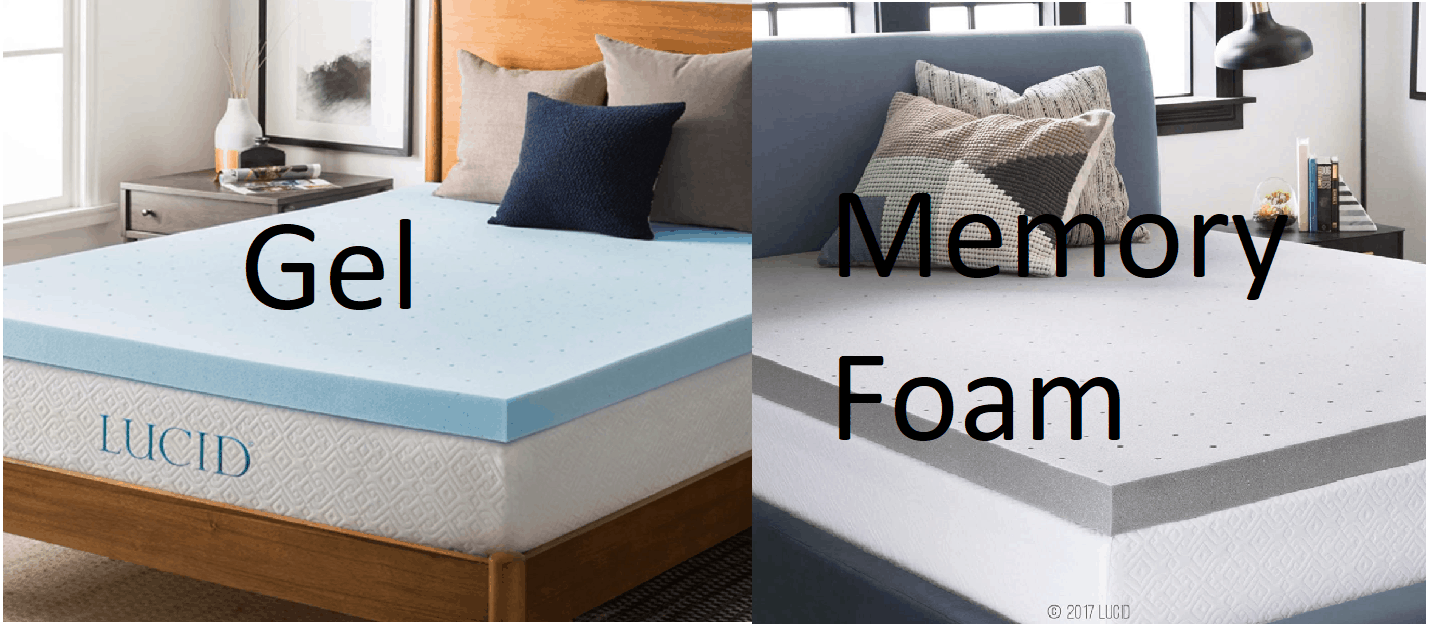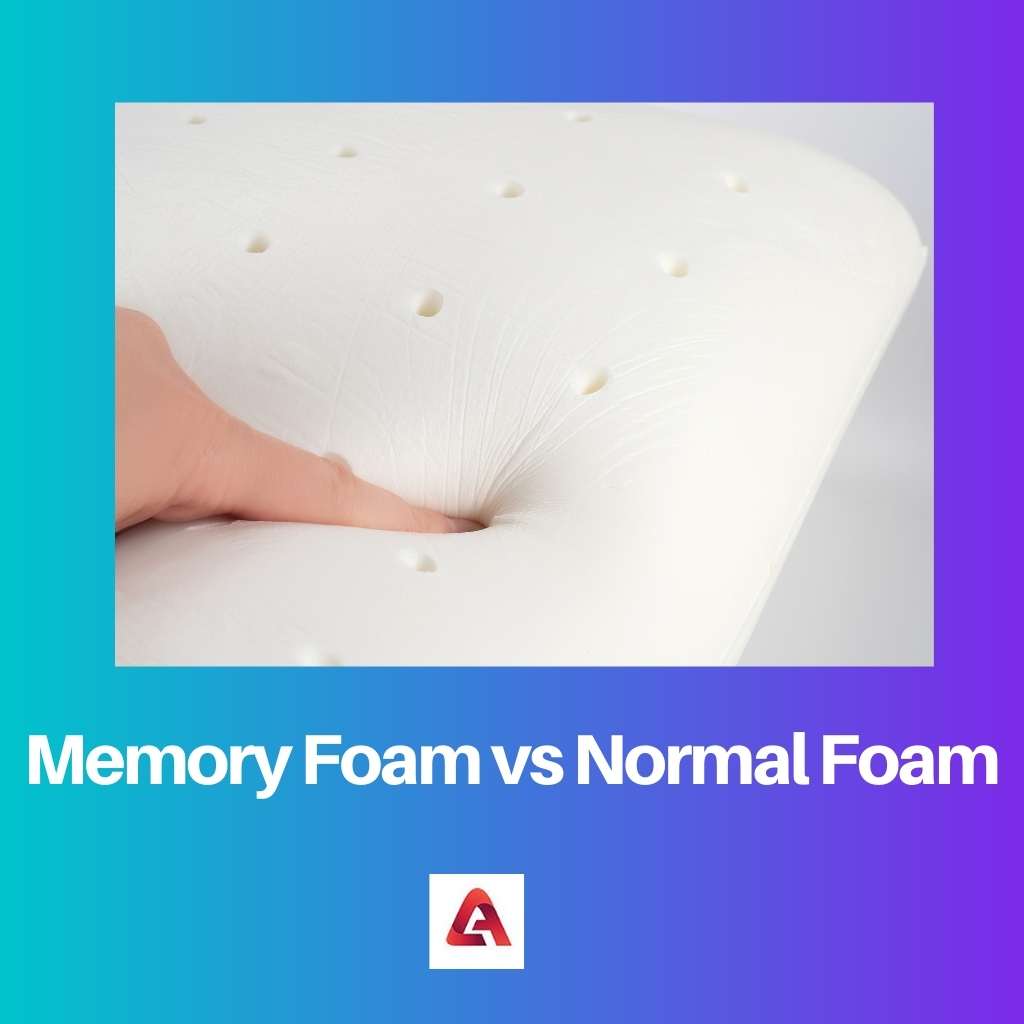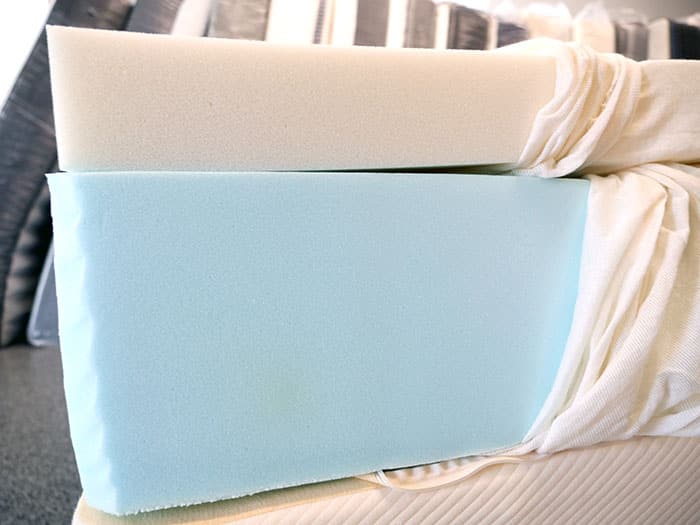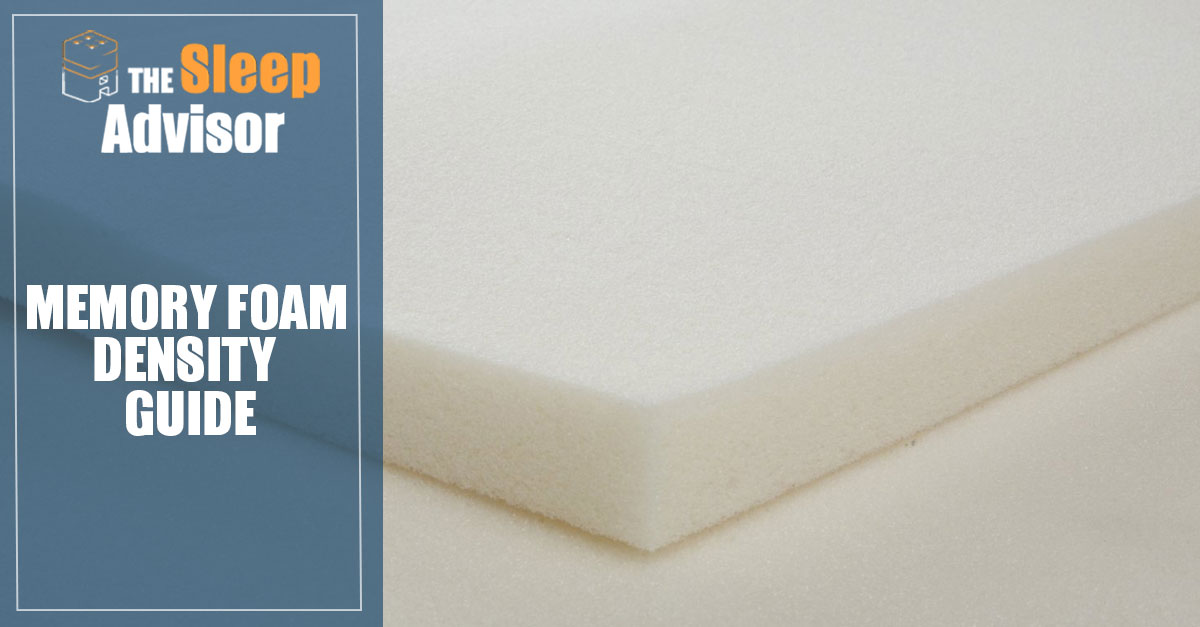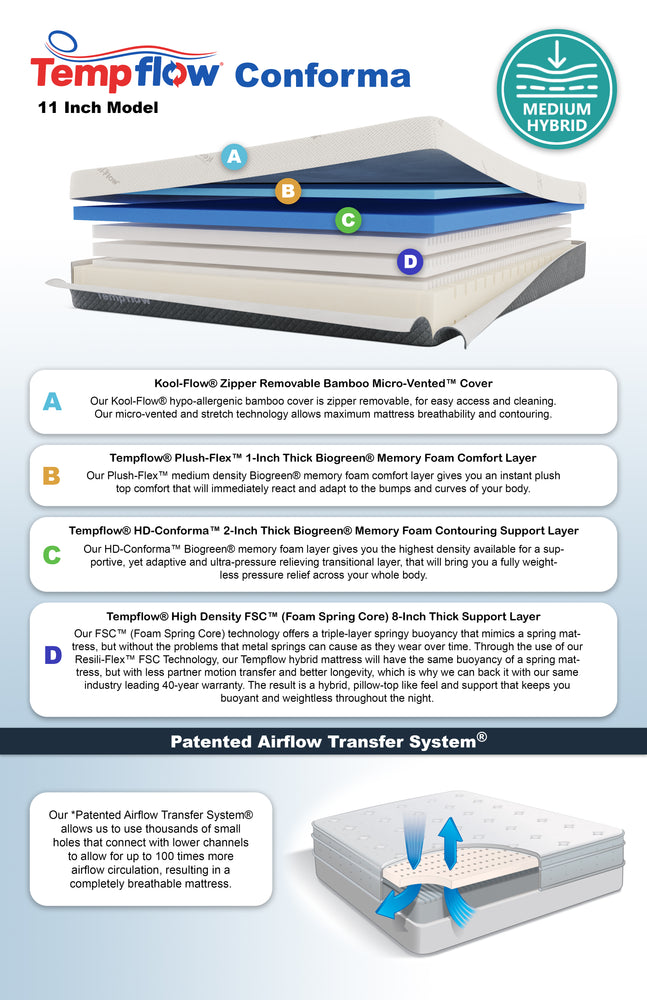High Density Foam Vs Memory Foam

The quest for the perfect night's sleep has fueled a multi-billion dollar industry, and at the heart of that industry lie two materials: high-density foam and memory foam. For consumers, the choice between them can be bewildering, impacting everything from spinal alignment to body temperature regulation. The nuances of density, composition, and long-term performance are crucial factors that determine whether you wake up refreshed or riddled with aches and pains.
This article delves into the intricate world of these foam types, dissecting their properties, benefits, and drawbacks. We'll explore how their unique characteristics affect sleep quality, durability, and overall value, arming you with the knowledge needed to make an informed decision for your individual needs.
The Core Differences
At its essence, the difference lies in their cellular structure and chemical composition. High-density foam, typically made from polyurethane, boasts a tightly packed cellular structure offering firm support. Memory foam, also polyurethane-based, incorporates viscoelastic properties, allowing it to contour to the body in response to pressure and temperature.
Density Defined
Density is the crucial metric here, measured in pounds per cubic foot (PCF). A higher density indicates more material packed into the same volume, resulting in greater durability and support. High-density foam generally ranges from 1.8 PCF and up, while memory foam can vary, but the higher the density, the more resilient and long-lasting it will be.
Memory foam's "memory" refers to its ability to slowly return to its original shape after compression. This characteristic allows it to distribute weight evenly, reducing pressure points and promoting better spinal alignment.
Support and Comfort
High-density foam excels at providing firm, consistent support. This makes it a good option for individuals who need a stable sleep surface or those who prefer to sleep on their stomach.
Memory foam, on the other hand, offers a cradling sensation, conforming to the body's unique shape. This can be particularly beneficial for side sleepers or those with joint pain, providing pressure relief in key areas.
Performance and Longevity
The lifespan of a mattress or foam product is directly related to its density and the quality of materials used. Higher density foams, both high-density and memory foam, generally last longer and resist sagging.
Independent testing by organizations like Consumer Reports has consistently shown that higher density foams maintain their shape and support for a longer period. Lower-density foams, regardless of type, tend to break down more quickly, leading to premature sagging and a decline in sleep quality.
Heat Retention
A common complaint associated with traditional memory foam is its tendency to trap heat. The dense, closed-cell structure can restrict airflow, leading to discomfort for some sleepers, especially in warmer climates.
Manufacturers have responded by developing open-cell memory foam and incorporating cooling technologies, such as gel infusions and breathable fabrics. These innovations aim to improve airflow and dissipate heat, making memory foam a more comfortable option for a wider range of sleepers.
High-density foam, due to its firmer structure and often simpler construction, tends to be more breathable than traditional memory foam. However, it can still retain heat depending on the specific materials and construction.
Cost Considerations
Generally, high-density foam is more affordable than memory foam. The added viscoelastic chemicals and specialized manufacturing processes contribute to the higher price tag of memory foam products.
However, the price gap can vary depending on the density, thickness, and brand. Specialty memory foams with advanced cooling technologies or certifications, such as CertiPUR-US, can be significantly more expensive.
Long-Term Value
While the initial cost of high-density foam might be lower, it's important to consider the long-term value. If a lower-density foam deteriorates quickly, the cost of replacing it sooner than expected could negate any initial savings.
Investing in higher-density foam, whether it's high-density or memory foam, can often be more economical in the long run due to its increased durability and lifespan. This is especially true for individuals who plan to use the product for many years.
Health and Safety
Concerns about the chemicals used in foam manufacturing have prompted greater scrutiny and the development of certification programs. The CertiPUR-US program, for example, tests foams for harmful chemicals like formaldehyde, heavy metals, and ozone depleters.
Both high-density and memory foam can be manufactured to meet these standards. Consumers should look for certifications that ensure the foam has been tested and meets specific safety and environmental criteria.
Allergies and Sensitivities
Individuals with allergies or sensitivities should carefully research the materials used in both high-density and memory foam products. Some foams may contain allergens or release volatile organic compounds (VOCs), which can trigger respiratory issues or skin irritation.
Hypoallergenic options are available, often utilizing natural latex or plant-based foams in conjunction with high-density or memory foam layers. These alternatives minimize the risk of allergic reactions and provide a more comfortable sleep environment.
Making the Right Choice
The decision between high-density foam and memory foam ultimately depends on individual preferences, sleeping habits, and specific needs. Consider your preferred sleep position, body weight, and any existing health conditions.
If you prefer a firm, supportive surface and tend to sleep on your stomach, high-density foam might be a better choice. If you need pressure relief and prefer a cradling sensation, memory foam could be more suitable.
Trial periods are crucial. Many mattress retailers offer in-home trials, allowing you to test the foam and determine if it meets your needs before making a final commitment.
The Future of Foam Technology
The foam industry continues to innovate, developing new materials and technologies that address the limitations of traditional foams. Plant-based foams, advanced cooling technologies, and hybrid designs are pushing the boundaries of comfort and performance.
Research into sustainable and eco-friendly foam alternatives is also gaining momentum, driven by growing environmental awareness. These innovations promise a future where consumers can enjoy comfortable and supportive sleep surfaces without compromising their health or the planet.
Ultimately, understanding the nuances of high-density and memory foam empowers consumers to make informed decisions. By carefully considering their individual needs and the available options, they can unlock the key to a better night's sleep and improved overall well-being. The ideal foam is not a universal concept but a personalized choice based on a deep understanding of the materials and their impact on individual sleep patterns.
